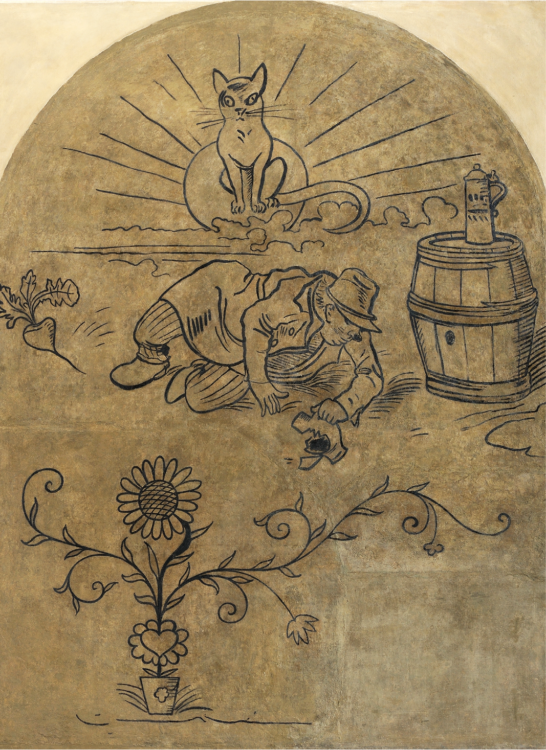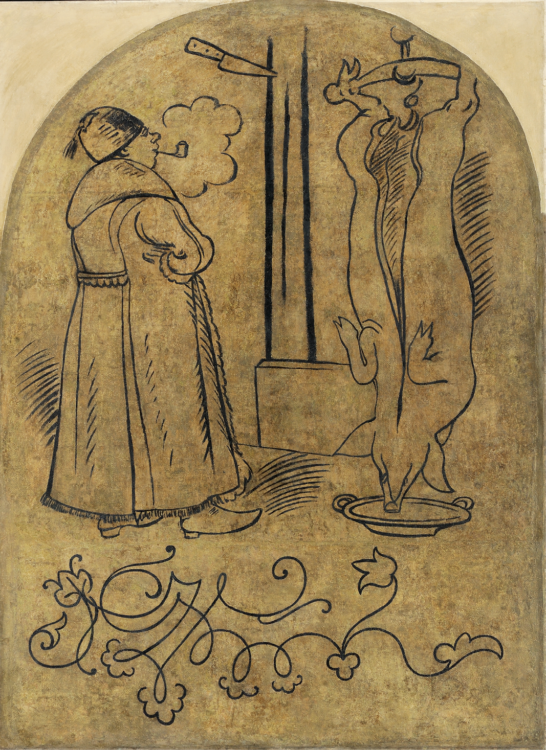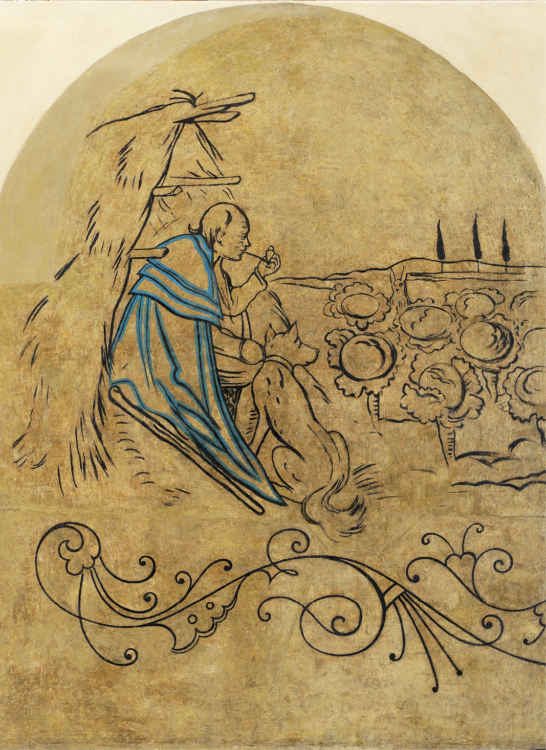Update of the Code of Ethics
František Zachoval
Director of the Gallery of Modern Art in Hradec Králové
The current Czech Professional Code of Ethics for Czech Museums of Art, based on the ICOM Professional Code of Ethics for Museums, is not necessary for the operation and regulation of public exhibiting institutions in several respects since many aspects of gallery operation are addressed by current legislation. On the other hand, in the thirteen years since the last update of the Code, the cultural scene has changed significantly. Thus, there are significant gaps in the ethics of running galleries that we should address.
Prologue
The Gallery of Modern Art in Hradec Králové, which I represent, is a public exhibiting institution. Many similar institutions in the CR permanently preserve, register, professionally process, scientifically research and make accessible works of art for all citizens in a way that guarantees equal access. The standardized public benefit service also means that the gallery provides information on collections on an ongoing basis, has strict administration of depositories, ensures that acquisition activities are supervised by an expert board, strictly supervises the export of collections abroad, has a strict regime governing the management of its collections as well as a sophisticated security regime, but above all, it retains its professional credibility. At the same time, being an employee of the gallery is a responsible commitment to the public, i.e. a commitment to build and maintain the highest degree of objectivity. In short, a gallery is an institution serving society; it develops the education of society, bringing it benefits.
Over the last thirty years, the museums sector has undergone significant restructuring, and some public services have been transferred to the private and commercial sectors in the legal forms of foundations, limited liability companies, funds, agencies, etc. Fine art has become a profitable business item and investment for the private sector, i.e. a form of depositing money and protecting it from unforeseen economic crises (inflation, recession, weakening of the economy, etc.). There is also art and its creators, or even forgeries, that the private sector needs to appraise in order to increase their price. Often, the behaviour of stakeholders in private exhibiting institutions is masked by seemingly altruistic goals such as concern for public space, education, and the cultivation of society. But we also find here political (power) objectives and the related strengthening of the social status.
Owners of private exhibiting institutions pose as patrons, altruists and philanthropists.
The private sector simply cannot do without public exhibiting institutions. Credibility, tradition, research and the interpretation of the acquired knowledge provide the basis for trust even for the private sector. In addition, public institutions systematically invest in their own resources, which can no longer be said about the private sector.
The update of the code of ethics should define the relationship to the activities of privately-owned exhibiting institutions, collectors (actively trading in their collections), art foundations, private galleries and limited liability companies in the field of art, joint-stock companies in the field of art, investment funds in the field of art (all collectively referred to below as “private stakeholders in art”) that also have, in addition to a declared public interest, the art trade as the subject of their business along with other activities that sometimes are rather odd. It is certain that in many cases relations and cooperation between the private and public spheres are beneficial for both parties. Under no circumstances is it possible to generalise and apply particular controversial cases to the whole environment. Numerous private galleries, foundations and collectors selflessly help artists, which I appreciate and support.
Update – Private Stakeholders in Art
The update should refer in a substantive way to several pressing issues. It is obvious that we will always have to tackle the criteria when evaluating specific points. The update primarily aims to see the given area of phenomena in real terms, i.e. to name unethical cases in a non-directive way.
(a) We should be cautious to borrow works of art from “private stakeholders in art” to exhibit them, as the presentation of their works of art creates an appreciation, that is, an advantage in the art market.
(b) If a “private stakeholder in art” offers exhibitions/exhibits for which public institutions do not have experts in the given field, works of art with questionable authorship can quite easily appear in the exhibition (consciously but also unconsciously).
(c) We should be cautious to cooperate with persons who are in employment relations or have a property relationship with a “private stakeholder in art” or their representatives because of a conflict of interest. Thus, if such a person has some interest in, is paid or otherwise motivated by a “private stakeholder”, they certainly do not represent the public interest even if they themselves get the impression that they must all of a sudden act in the public interest.
(d) We should be cautious to use the services of “private stakeholders in art” who offer to ensure communication with other, often unknown and sensitive, collectors who think that direct dialogue with a public institution will jeopardize their anonymity and privacy. The public institution will then not have fully verifiable information about the owner (hence the provenance) of the work of art in question.
Borrowing works for an exhibition in this way is extremely problematic. If it is later proven that the borrowed work is a forgery, the public institution also becomes, through its lax approach and lack of scrutiny, a partaker in the fraud, i.e., an accomplice.
(e) We should be cautious to borrow works of art from the owners of collections who have their collections primarily because they provide a kind of cleansing of past or even current socially problematic business activities.
(f) We should be cautious in respect of curators and historians of art, self-appointed curators, who are, at the same time, analysts, investors, private gallerists, financial partners of private collections or shareholders of private galleries, investment funds and similar market investment activities. Their professional or curatorial activities may again represent a conflict of interest and do not give a transparent and credible impression in the space of public institutions.
Epilogue
Institutional criticism, self-regulatory tendencies and defining the public and private spheres have been developing in the context of public exhibiting galleries in the international environment over the last sixty years. The text is a probe into the issues associated with relations between public exhibiting institutions and the private sector. Hidden mechanisms that accompany the interaction between the public and private spheres were presented in such a way as to make these relationships transparent to the general public.
The local collection-creating institutions after 1989 (apart from replacements of directors and other staff adjustments) have not undergone a fundamental self-reflection, without which, unfortunately, we cannot currently establish a strong position for these public institutions in the 21st century.
A partial institutionally critical, artistic and research project, examining the state of public collection-creating institutions, was the Representation of the Nation project (Isabela Grosseová, Jesper Alvaer, 2008). However, it did not provoke an adequate professional and public discussion. I can see no defensible argument as to why a standardized public benefit service should legitimize the activities of “private stakeholders in art” and increase their utility. The stereotypes regarding cooperation with the private sector from the 1990s are still present, so it cannot be assumed that tomorrow everything will be ideal, and above all transparent, for the public. If an appropriate phase of self-regulation or clarification of the positions of the involved players does not appear in the near future, then we are heading for a situation whereby, as Jürgen Habermas put it, the public has been replaced by a pseudo-public and sham-private world of culture consumption.



